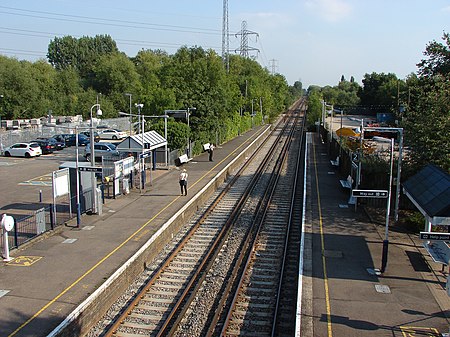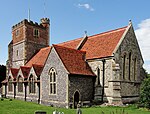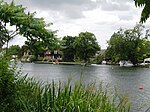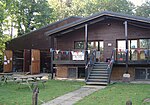Wraysbury railway station
1861 establishments in EnglandBuildings and structures in the Royal Borough of Windsor and MaidenheadFormer London and South Western Railway stationsPages with no open date in Infobox stationRailway stations in Berkshire ... and 4 more
Railway stations in Great Britain opened in 1861Railway stations served by South Western RailwaySouth East England railway station stubsUse British English from December 2016

Wraysbury railway station serves the village of Wraysbury in Berkshire, England, as well as the larger villages of Stanwell Moor and Poyle. It is 21 miles 40 chains (34.6 km) down the line from London Waterloo. The station is on the line between Windsor and Eton Riverside and Waterloo. Services are operated by South Western Railway. As part of the proposed AirTrack rail link, a new station, to be called Staines High Street railway station would be built between Wraysbury and Staines railway station. This proposal (involving rebuilding a former station) has been in doubt for some years.
Excerpt from the Wikipedia article Wraysbury railway station (License: CC BY-SA 3.0, Authors, Images).Wraysbury railway station
Station Road,
Geographical coordinates (GPS) Address Nearby Places Show on map
Geographical coordinates (GPS)
| Latitude | Longitude |
|---|---|
| N 51.458 ° | E -0.542 ° |
Address
Station Road
TW19 5NJ
England, United Kingdom
Open on Google Maps










